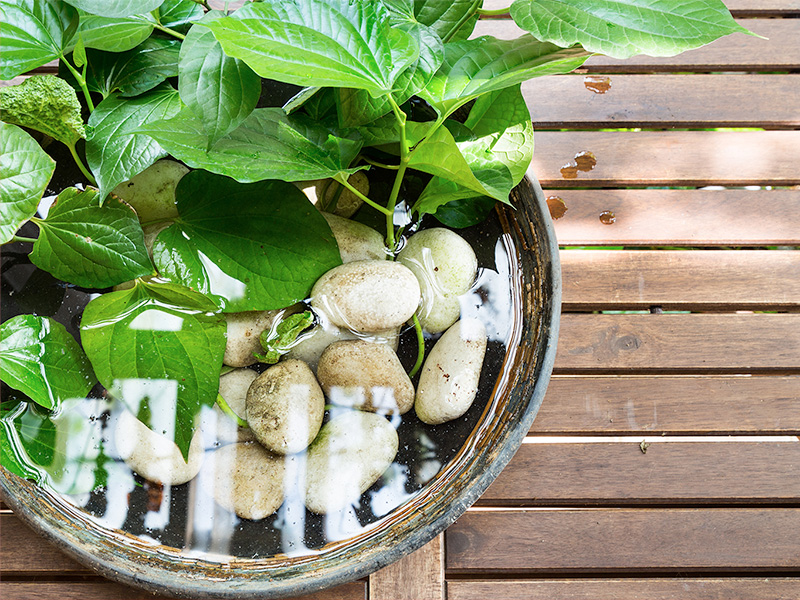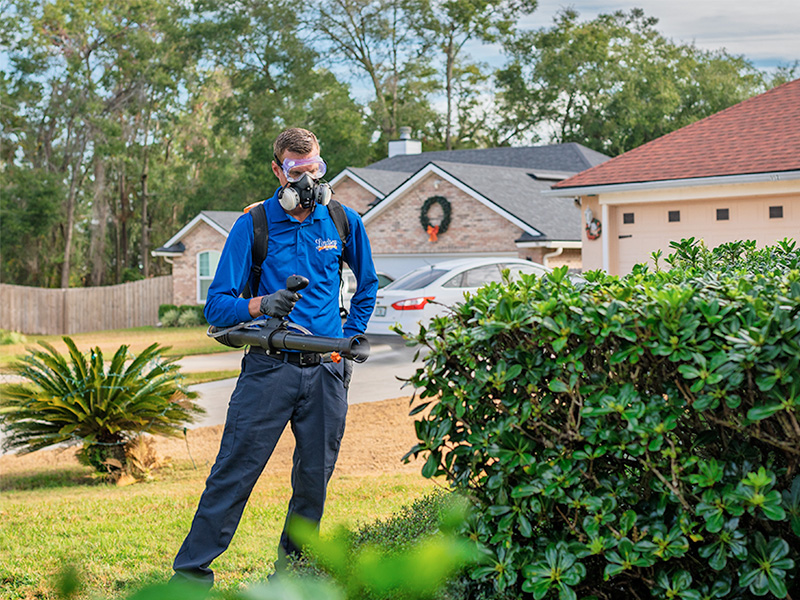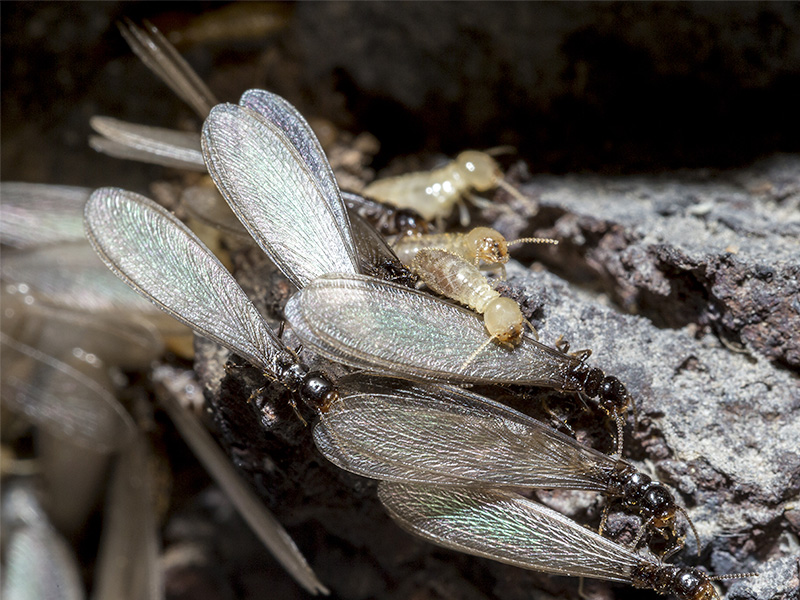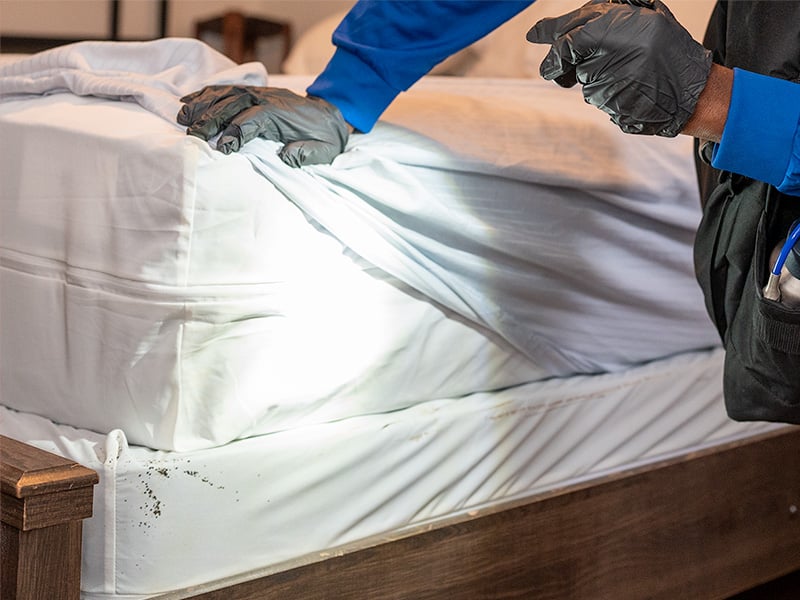The Trick To Protecting Your Jacksonville Home During Termite Season
Mar 10, 2020
Do you know what a termite swarmer looks like? If you don't, and your Jacksonville home doesn't have professional termite control service, you should definitely get to know what they look like. As we head into what could be considered termite season, swarmers are going to start appearing. They are one of only a few subtle signs that will let you know that your property is in danger of termite damage. Let's take a look at the signs—starting with those swarmers.
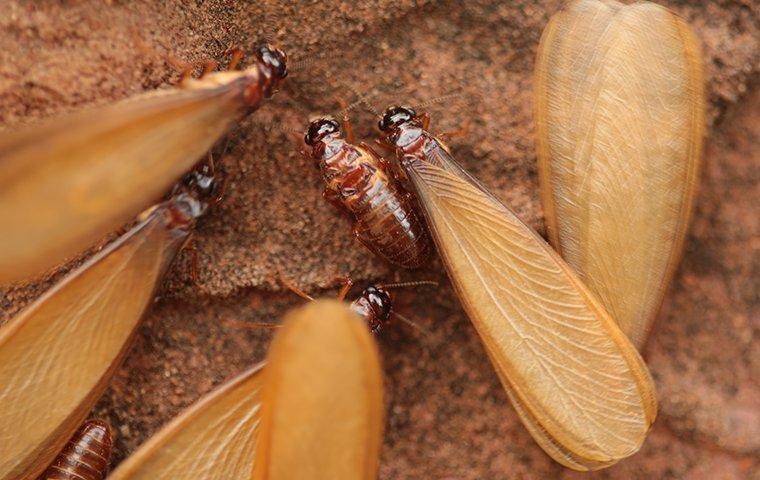
Swarmer Identification
At only ⅜ of an inch long, a termite swarmer isn't much to look at by itself, but hundreds of swarmers gathered together are very noticeable. Why? Because the wings on termite swarmers really stand out. They're white. They stack on top of each other. And they're about twice as long as the swarmer. If you see a group of insects gathered together and you think, "Look at all those winged insects," you're probably looking at termites. Here are a few more visual characteristics to look for:
-
Swarmers will be black or a dark red.
-
Swarmers look like ants, but they have fat waists.
-
If you're able to look at a swarmer up close, you'll notice that its antennae look like several tiny balls stacked on top of each other.
What You Should Know About Swarmers
-
Swarmers emerge from mature nests that have grown their populations.
-
Swarms don't last for more than about 30 minutes.
-
Swarmers don't travel far from the nest that gave birth to them.
-
Swarmers don't eat wood. They mate, shed their wings, and tunnel into the ground to establish new nests.
-
Seeing swarmers on your exterior is a warning sign that there is a mature termite nest on or near your property, and that worker termites are probably feeding on your home already.
-
Seeing swarmers inside your home is a warning sign that you have a severe infestation.
-
Sometimes the only sign you'll get that swarmers appeared on your property are the wings they shed. These wings are light and can be blown away by the wind. The best place to look for wings is in spider webs.
Shelter Tubes
Another sign termites may give you during termite season are shelter tubes on hard surfaces both outside and inside of your home. These shelter tubes are made from soil and termite saliva. Workers make these tubes to protect themselves as they travel from the ground to the wood of your home, or some other food source with cellulose. Here are a few things you need to know about shelter tubes as a warning sign:
Workers prefer to create shelter tubes in very dark places. Even in a crawl space under a home, they have been found creating shelter tubes inside cement piers. This can make them extremely difficult to detect. You have to take a mirror and a flashlight and look down into each pier.
Shelter tubes are easy to overlook. Since they are made of mud, they can look like a naturally occurring phenomena. These shelter tubes will often have a pattern that looks like lighting, a river, or the branches on a tree. Look for this pattern to help you tell the difference between mud splatters and mud tubes.
Damaged Wood
It is rare to see wood damage caused by subterranean termites because subterranean termites feed on the inside of wood. But you might see damage if you look in a dark, damp location. Be aware of this if you find yourself in a location like this under your home or under an exterior structure.
More Than Detection
The real trick to protecting your Jacksonville home from termites is not to hope that you'll see signs of termite activity but to take proactive measures to safeguard your home investment. If you'd like to know how termite control works, reach out to us. Our mission is to protect your health and property from harmful pests, and it is a mission we take very seriously. We're here to answer your questions.









